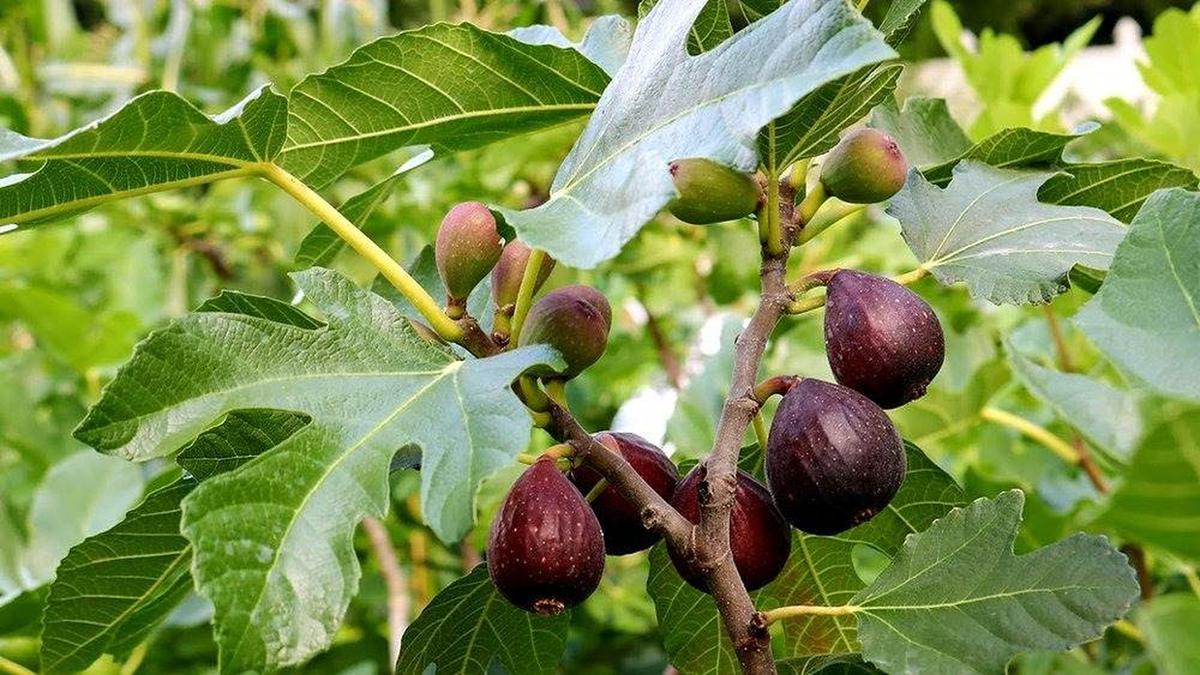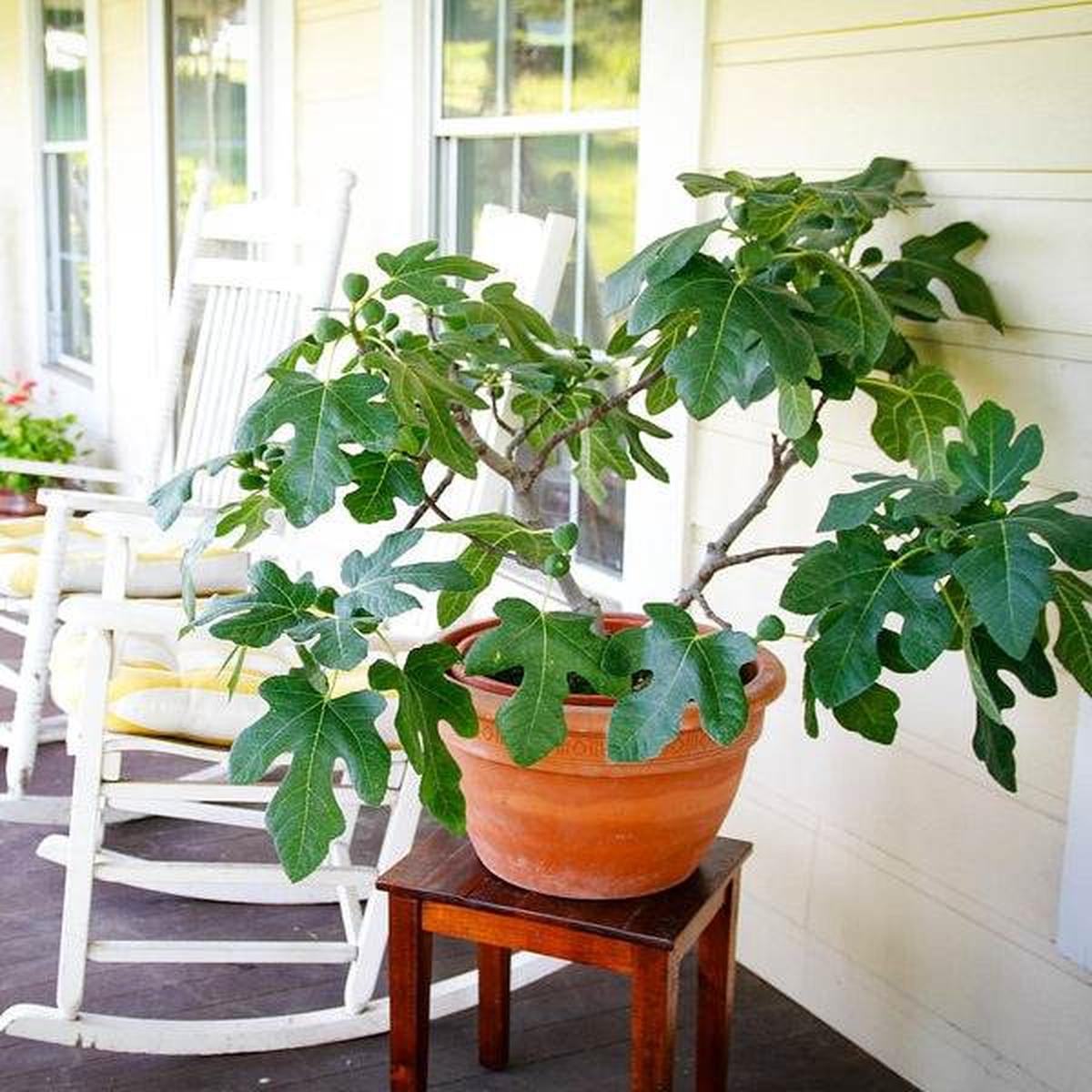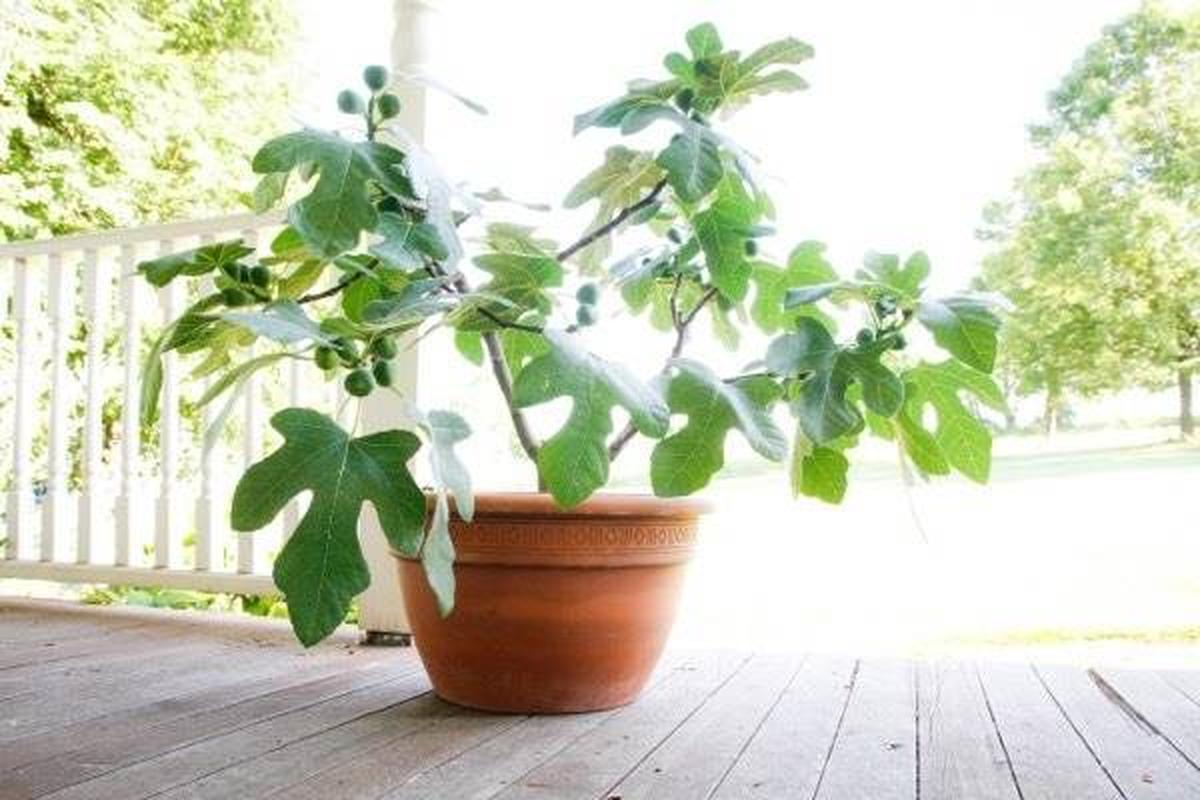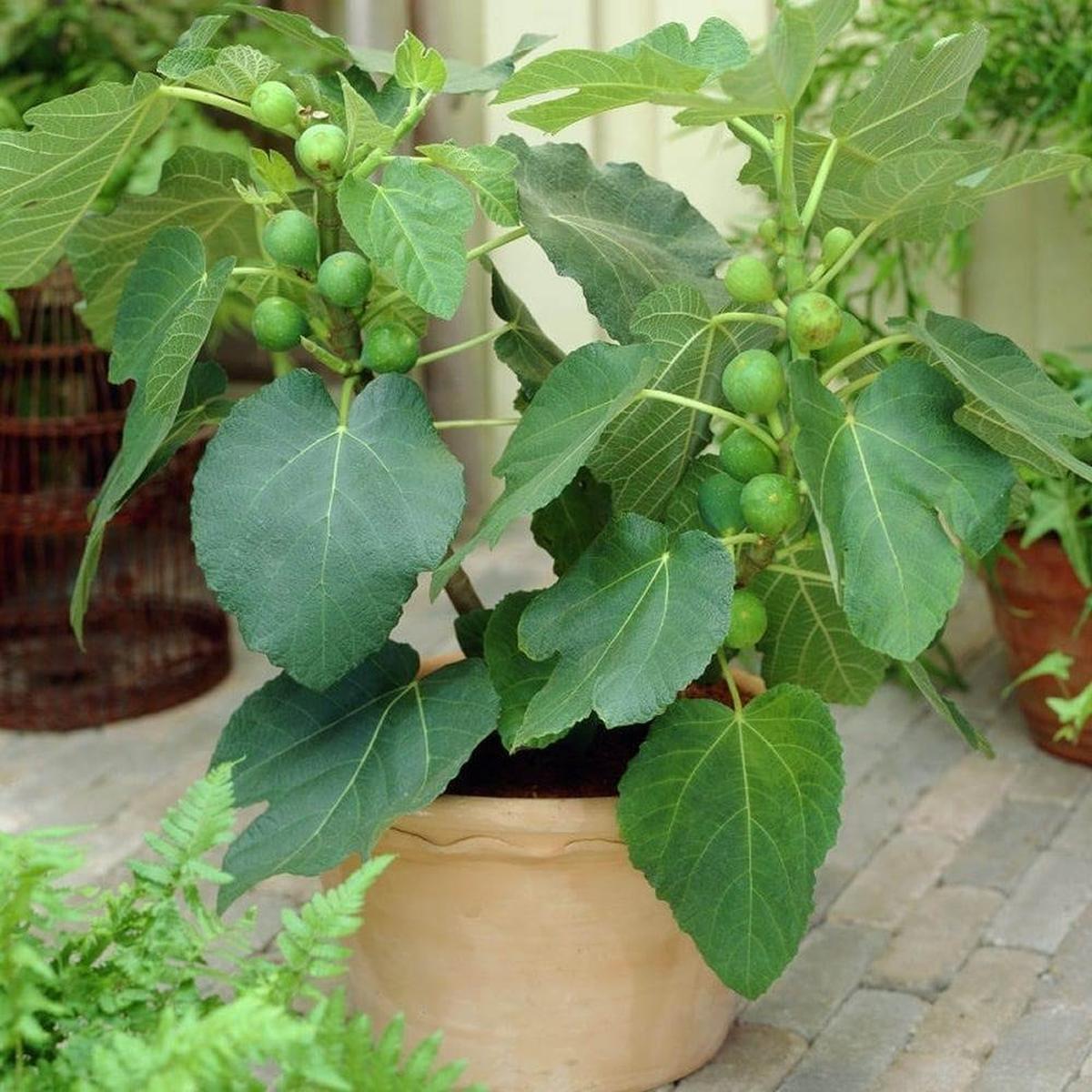Grow Figs from Cuttings: 6 Steps to Lush Trees
Fig trees grow successfully from cuttings with a few easy steps, making it possible to enjoy fresh figs at home.
Proper soil, sunlight, and regular watering ensure your fig tree thrives in containers.
Growing fig trees this way allows you to have fresh, healthy fruit without needing a large garden space.
A great way to start your own fruit tree from scratch.
Selecting a Fig Tree
Selecting the right parent fig tree sets the stage for a fruitful adventure.
Healthy trees, bursting with life and free from disease, promise a bountiful harvest.
Consider varieties like Celeste for its sweetness or Brown Turkey if versatility appeals to you.
Each choice leads to delicious figs that can elevate your culinary creations and brighten your garden space.
Perfect Timing
Taking cuttings from trees during their dormant phase offers a wonderful opportunity for propagation.
Late winter or early spring serves as the ideal window, just before new leaves begin to sprout.
When dealing with potted trees, timing becomes crucial; spring is when they are ready to wake up and flourish.
Snipping those cuttings at this moment ensures they have the best chance of rooting and thriving in their new environment.
Mastering Pruning
Selecting semi-hardwood cuttings can be a rewarding experience.
Aim for pieces around 8-10 inches, with a thickness similar to that of a pencil.
A clean diagonal cut just below the node ensures you’re starting off right; sharp pruning shears make this task easy and precise.
After gathering your cuttings, removing leaves from the lower half helps focus energy on root development instead of leaf production.
Dipping the cut ends in rooting hormone gives those roots an extra push, encouraging healthy growth as they establish themselves in their new environment.
Propagating Fig Cuttings
Selecting a well-draining container ensures your cuttings thrive.
Using a sterile potting mix helps prevent diseases that could harm new growth.
Planting those cuttings about 2-3 inches deep allows roots to establish securely, while leaving one node below the soil encourages healthy development.
Spacing multiple cuttings in the same pot creates an inviting environment for each plant to flourish without crowding.
Caring for Young Trees
Cuttings have the potential to grow into magnificent fig trees with just a bit of care.
Bright, indirect light will help them flourish, while consistent moisture keeps the soil in check.
Watering every two weeks prevents issues like splitting or fracturing, ensuring healthy growth without overwhelming those delicate roots.
Fertilization can wait a few weeks; organic options like blood meal or chicken dung provide necessary nutrients without risking root burn.
Patience is key as you monitor for those first tiny green leaves that signal your efforts are paying off.
Pruning during their dormant season helps shape strong branches and removes any that might hinder growth.
In colder areas, protecting your young tree from frost ensures it continues to thrive through winter's chill, simple measures lead to rewarding results.
Transplanting Fig Trees
Cuttings that have developed strong roots and reached a height of 8 to 10 inches are eager for more room.
Transplanting them into a larger pot or your garden allows their roots to expand freely, nurturing healthy growth.
Growing fig trees this way not only simplifies the process but also saves you money compared to starting from seeds or saplings.
For those passionate about gardening and seeking fruitful tips, subscribing will keep you updated with fresh insights tailored just for you.







